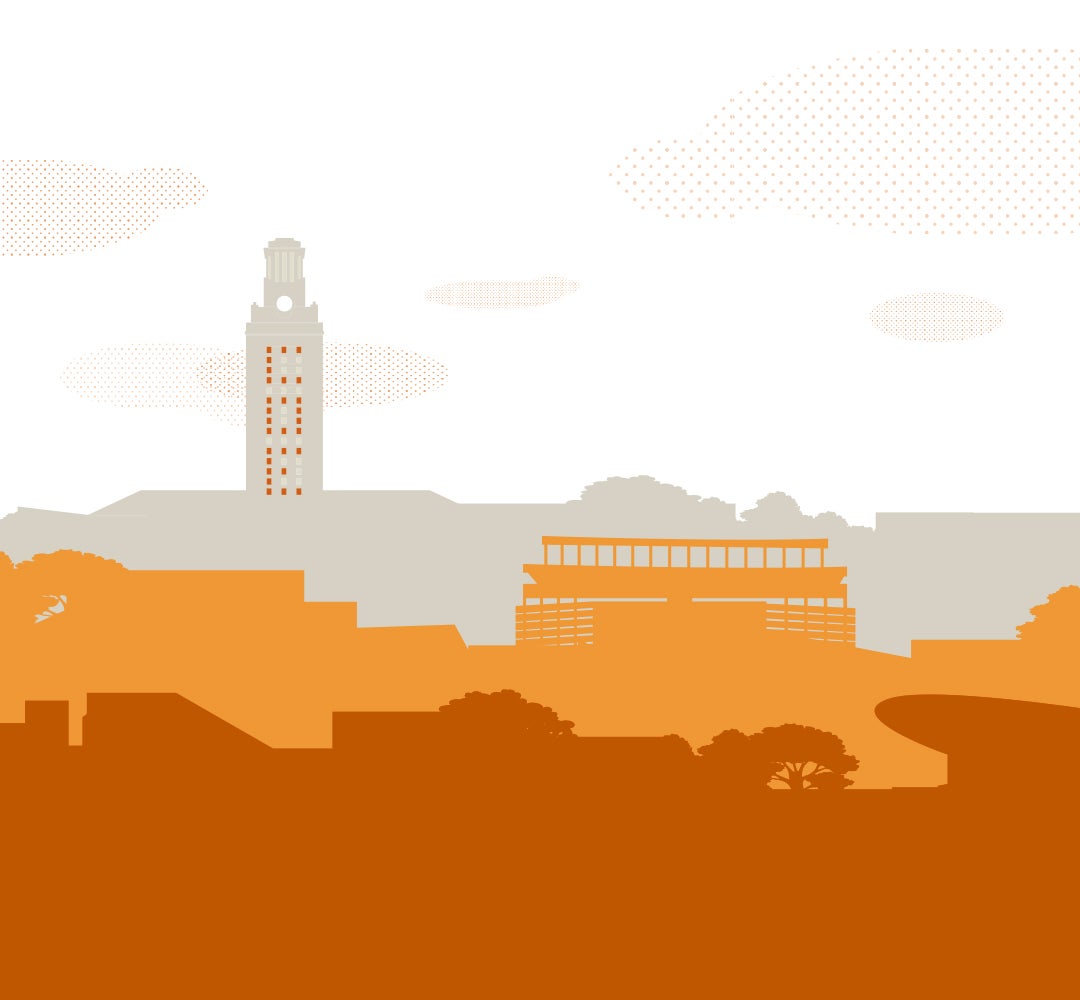Jan McSorley

M. Ed. in Curriculum and Instruction, 2003
When educational technology started to become more prevalent in schools, I was working as an Assistive Technology Specialist for a large urban school district. In that role, I had seen the difference that technology could make for students with disabilities and knew that when students were paired with the right tools, barriers to access could be eliminated. I had the good fortune of working with very knowledgeable colleagues and with a wide variety of students with disabilities. Through those experiences, I learned a lot about various access tools and their limitations. Even so, I felt that if I could better understand the educational technology industry and how products were designed, that I would be a more effective advocate for the needs of students with disabilities.
Why UT?
The Learning Technologies program at UT was very appealing to me because of the variety of expertise they had in their faculty. When I was exploring my options, I had the opportunity to speak to two of the primary professors in the program and was impressed that they were supportive of me gearing my learning toward how to make educational technology products accessible to students with disabilities. I was given the freedom to take courses that supported my exploration of accessibility, while also learning about design theories, business operations, and development tools.
Perhaps the most pleasant surprise for me as I went through the program, was the other students. I learned as much from them as I did the professors and they always challenged me to push myself farther and to strive for excellence. There was tremendous diversity in the backgrounds of the students who were in the program and those experiences added to the depth and meaning of what I was learning. As an educator, I didn’t have any prior exposure to the roles and responsibilities of development teams in the software industry, but the Learning Technologies program gave us opportunities to put theory into practice through group projects, which I have since leveraged in my current role. While in the program, I worked harder than I’ve ever worked, but it was a highly rewarding experience and I would strongly recommend it to anyone who believes in the power of technology in education.
Life After UT
After receiving my Master’s degree from UT, I continued to work as an Assistive Technology Specialist and used what I learned to help me interface more effectively with educational technology companies. I started talking with them about building products that are accessible to students with disabilities and started conducting training sessions about accessible design at various educator conferences. I was very blessed to have strong mentors in the assistive technology and accessibility fields who continued to teach me about laws and standards related to the use of technology with people with disabilities. Eventually, one of my mentors, Dr. Joy Zabala, recommended me to Pearson as a person they should consider hiring as an accessibility specialist. In 2013, I started working for Pearson and have been able to apply my experiences from the Learning Technologies program to my current role. Presently, I lead a small team of subject matter experts and we partner with product teams to make improvements in accessibility. It is exciting to see a company like Pearson taking on the challenge of making their products accessible to people with diverse learning needs and to be a part of that transformation.
Advice for Students
The Learning Technologies program is rigorous in meaningful and relevant ways. You will research trends in technology and in business practices. You will also analyze learning theories and complete extensive team projects that accurately reflect the experiences you will have on the job. Be prepared to work hard and to be a reliable team player. This program will require the best you have to give at all times, but you will receive more in return than you can imagine.

